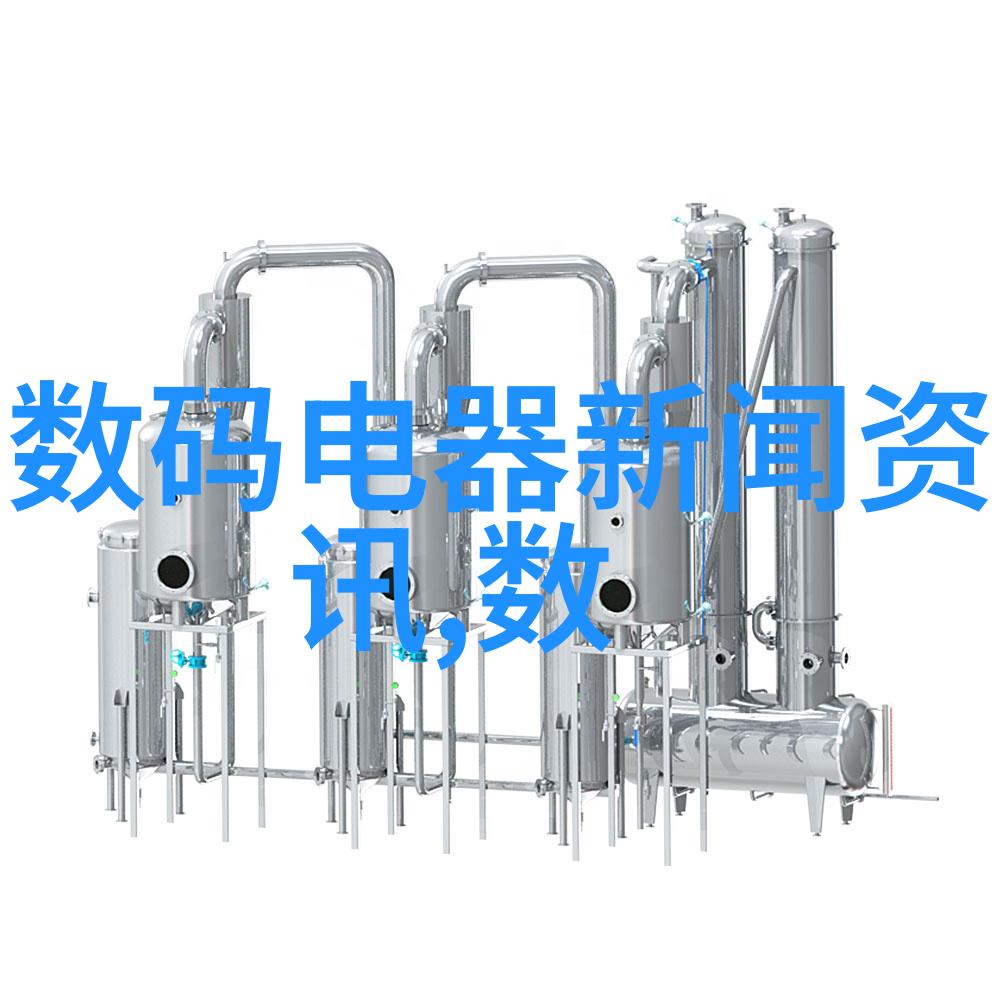液力泵和液力泵在液压系统中扮演什么角色
液压机作为一种广泛应用于工业生产的机械设备,它利用流体动力转换来执行各种运动和控制任务。在其内部工作原理中,一个不可或缺的关键组件是液力泵,它通过将低压油泵升至高压,从而为整个系统提供动力的源泉。然而,很多人可能会对“液力”这个词感到困惑,不知道它与“液压”之间有什么区别,以及它们在系统中的作用。

首先,我们需要明确一下“液力”和“液压”的含义。“liquid power”,即“流体动力”,是指使用流体(如水、油等)作为介质,以此来传递能量并完成特定的工作。这种技术可以用来驱动机械部件进行线性或旋转运动,而不必依赖直接的电气或者机械连接。这就是为什么我们说,“liquid piston engine”,也就是所谓的内燃式发动机,是一种基于流体动力的发明,它能够有效地提高能源效率,并减少了对于传统发动机所需的大型金属结构。
相比之下,“hydraulic system”,即我们通常说的“fluid power system”或者简称为"HP"(Hydraulic Power),则是一种更具体的技术体系,它专门用于制造和维护这些能够利用高压油做功的事情。这里面就包括了我们的老朋友—— 液壓機。

现在,让我们回到我们的主题:Liquid Pump vs Hydraulic Pump。在任何给定的Hydrostatic System中,这两种类型都是核心组成部分,但它们有着不同的功能,并且被设计用于处理不同类型的问题。如果你想深入了解这两个词汇背后的故事,那么接下来的一段文字将是一个非常好的开始:
What is a Liquid Pump?

A liquid pump, also known as a fluid pump or hydraulic pump, is a machine that uses mechanical energy to move fluid through a piping system. It's designed to create pressure in the fluid by pumping it from one location to another. This process allows for the transfer of power over long distances without losing much efficiency. In fact, this technology has become so widespread that you can find pumps in almost every industry and application imaginable.
The most common types of pumps include positive displacement pumps (like gear pumps and vane pumps) and centrifugal pumps. The choice between these two depends on factors like flow rate requirements, pressure levels, and the viscosity of the fluid being pumped.

In terms of their role within an overall hydraulic system, liquid pumps are responsible for creating high-pressure oil which is then used to operate various actuators such as hydraulic cylinders or motors. These devices convert this stored energy into motion when needed.
What is a Hydraulic Pump?

On the other hand, hydraulic systems use pressurized oil to transmit force through small-diameter tubes called hoses or pipes. They're typically made up of three main components: an actuator (like a cylinder), valves (for controlling movement), and reservoirs where excess oil collects after passing through all parts involved in each operation cycle.
Now let's explore how these two technologies compare:
Efficiency: Both types have similar efficiencies but may vary depending on specific conditions at work sites.
Cost: Generally speaking hydraulics tend to be more expensive than pneumatics due mainly because they require more complex control systems.
Speed: Pneumatics often offer faster response times compared with hydraulics since air moves quicker than liquids under similar pressures.
"Maintenance & Repair": Since pneumatic equipment operates using compressed air instead fluids there's less chance for leakage issues but it does need regular check-ups against wear-and-tear damage; while hydrostatic machines require periodic maintenance tasks involving cleaning filters replacing seals etc., making them slightly more difficult upkeep-wise
5)Power Transfer Efficiency: Fluid-based systems usually provide higher efficiency during transmission due its continuous operation mode whereas pneumatic ones may lose some potential if not properly maintained
To sum up: both liquid pump and hydraulic pump play important roles within their respective industries - however they differ significantly based upon what sort task needs accomplishing – whether it be transferring force over distance or simply moving objects around efficiently!



